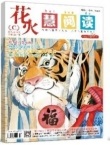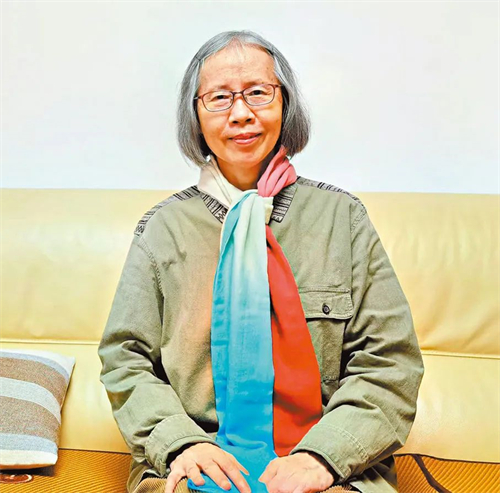陈羲明,幼受庭训,早擅笔墨,心慕古贤,志契翰林。童蒙之年,临池不辍,折方直圆,探规矩之奥;咀碑帖之味,识古意之神。及壮,益勤艺事,深入汉魏碑版,旁搜晋唐遗韵,广览诸家之妙,心手相应,日有精进。
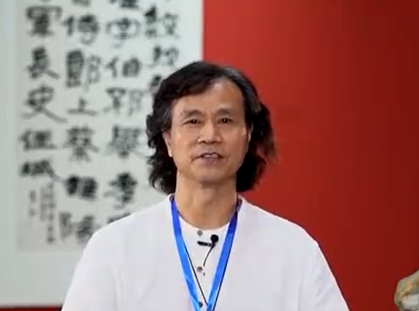
其学,知一而守常;其艺,逢二而能变。涉猎碑帖,尤工隶书,篆籀楷行,皆能贯通。汉碑之沉着痛快,晋帖之流美俊逸,唐楷之森严峻整,宋人之疏宕高远,皆熔铸于胸,融摄于笔。初若朴拙无华,细玩则气脉贯通,笔笔藏锋,字字有骨,浑厚之中,暗藏灵光。
其笔下隶书,承魏碑之雄奇,发汉碑之拙朴。波磔分明,笔断意连,字形参差有致,章法参差错落,如山石磊磊,若云水萦回。点画之间,顿挫有度,提按有法,拙中见妍,涩中寓润。用墨或浓或淡,或润或枯,湿处润泽欲滴,枯处劲拔可撼,气韵生动,自然天成。
观其章法布局,若大江东去,气势奔腾;若长风拂林,韵致连绵。或疏朗开阔,如秋山晚照;或密集繁复,如春林繁茂。黑白分布,虚实相生,点线交错,意脉贯通。卷轴铺展,气象森然,字字如林立劲松,笔笔似穿云之鹤。
陈羲明之艺,得力于绘画理法。深知白黑之分,疏密之变,节奏之律。书法之章法,如山川起伏,有跌宕之势;如云水缭绕,有缠绵之情。点画宛转流动,势如流水行地,时而激荡,时而舒徐,动静相宜,神完气足。其用笔,非一味纵横,亦非拘谨守旧,而是因势生笔,随心应手,意在笔先,气随笔发。
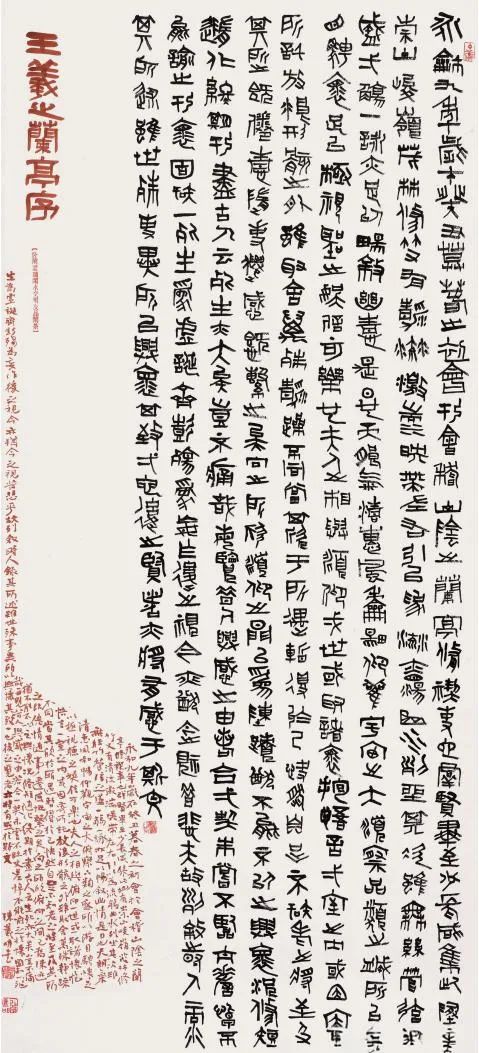
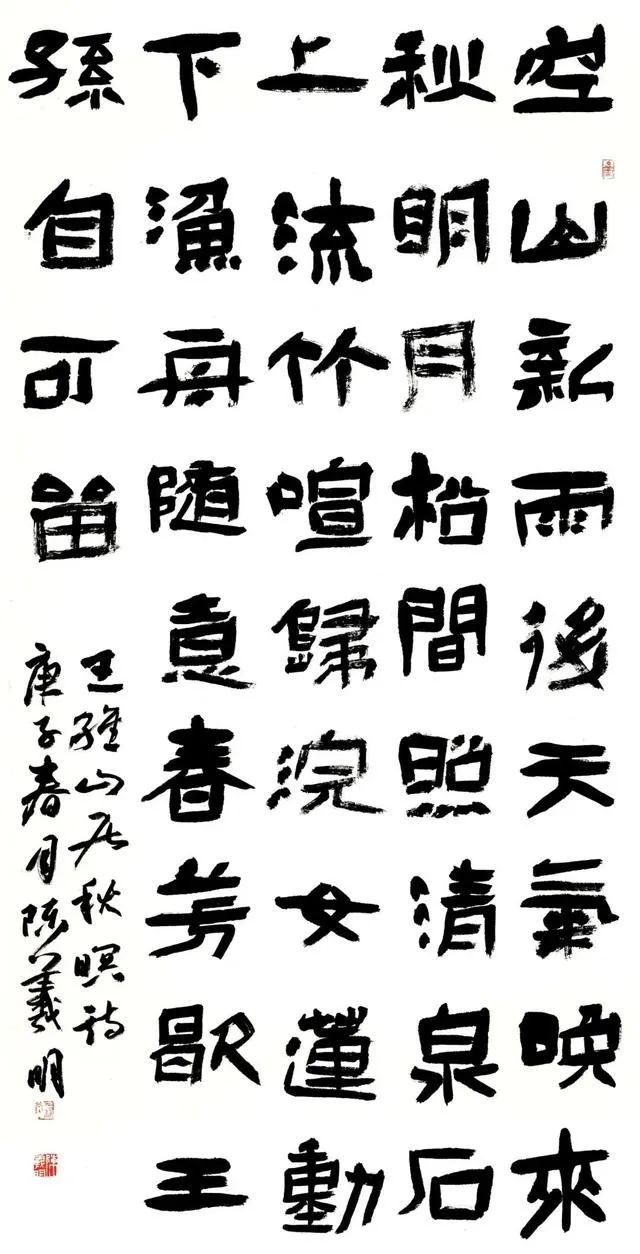
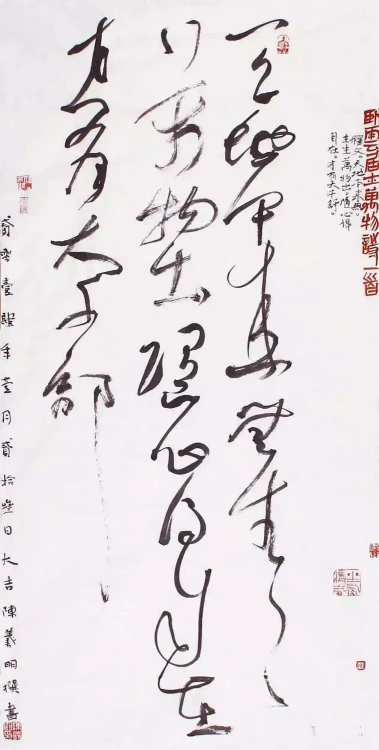
其艺之外,风度可称。平居简素,不尚繁华。接物温良,待人以诚。对弟子后学,循循善诱,不以己长自矜,不以人短而轻。讲艺之时,必先言修身之要,继而及书道之法,示以道理,授以法度,启以灵机,诱以高致。
于艺坛浮躁之际,陈羲明持守初心,不为时尚之华靡所动,不逐市朝之喧哗。其心若止水,其志如山高。故其书无俗韵,无媚态,皆有沉厚之气、浩然之风。观者或初不甚奇,久之乃觉味长意远,如春泉缓流,虽无惊涛拍岸之势,而有润物无声之功。
陈羲明深知,艺者,文也,心也。故其书,虽为形质之工,实乃精神之写。笔墨之中,隐其性情;结体章法,寄其襟怀。非徒营造形似之巧,而是寄寓德行之光。是以其字有刚正之气,有温润之泽,有涵养之致,有冲和之道。
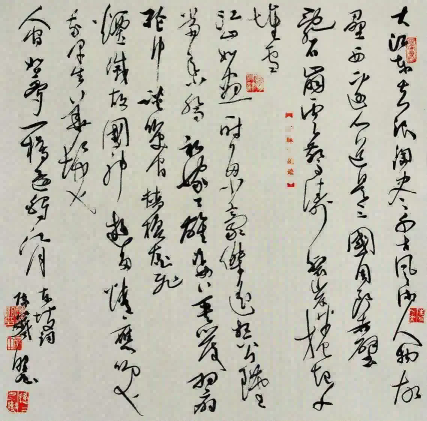
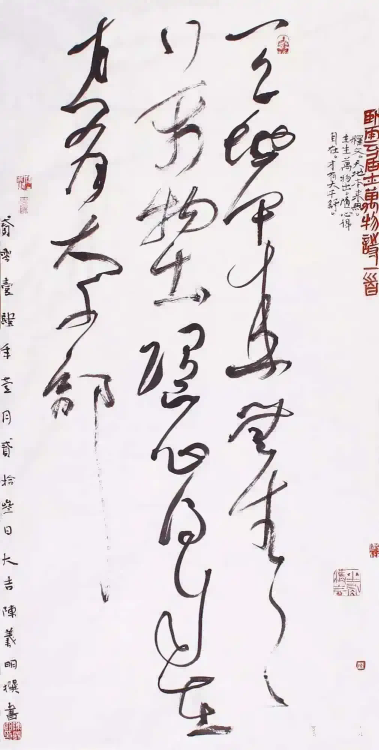
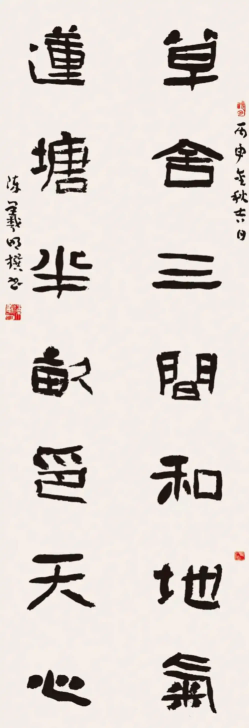
静观其作,心无尘滓;细读其字,意自悠远。字中藏山川之势,气象万千;笔下寓春秋之志,感慨无尽。纸短而情长,墨淡而意深,如对千古先贤低语,如与天地精神往还。
陈羲明以一己之艺,涵泳古今,融会南北,开合自如,收放有致。非一蹴而就,乃经年累月,晨昏不辍之所积。斯道至诚,斯艺至精。手中之毫,不惟写字,更为立心;案上之卷,不独载艺,实乃传道。
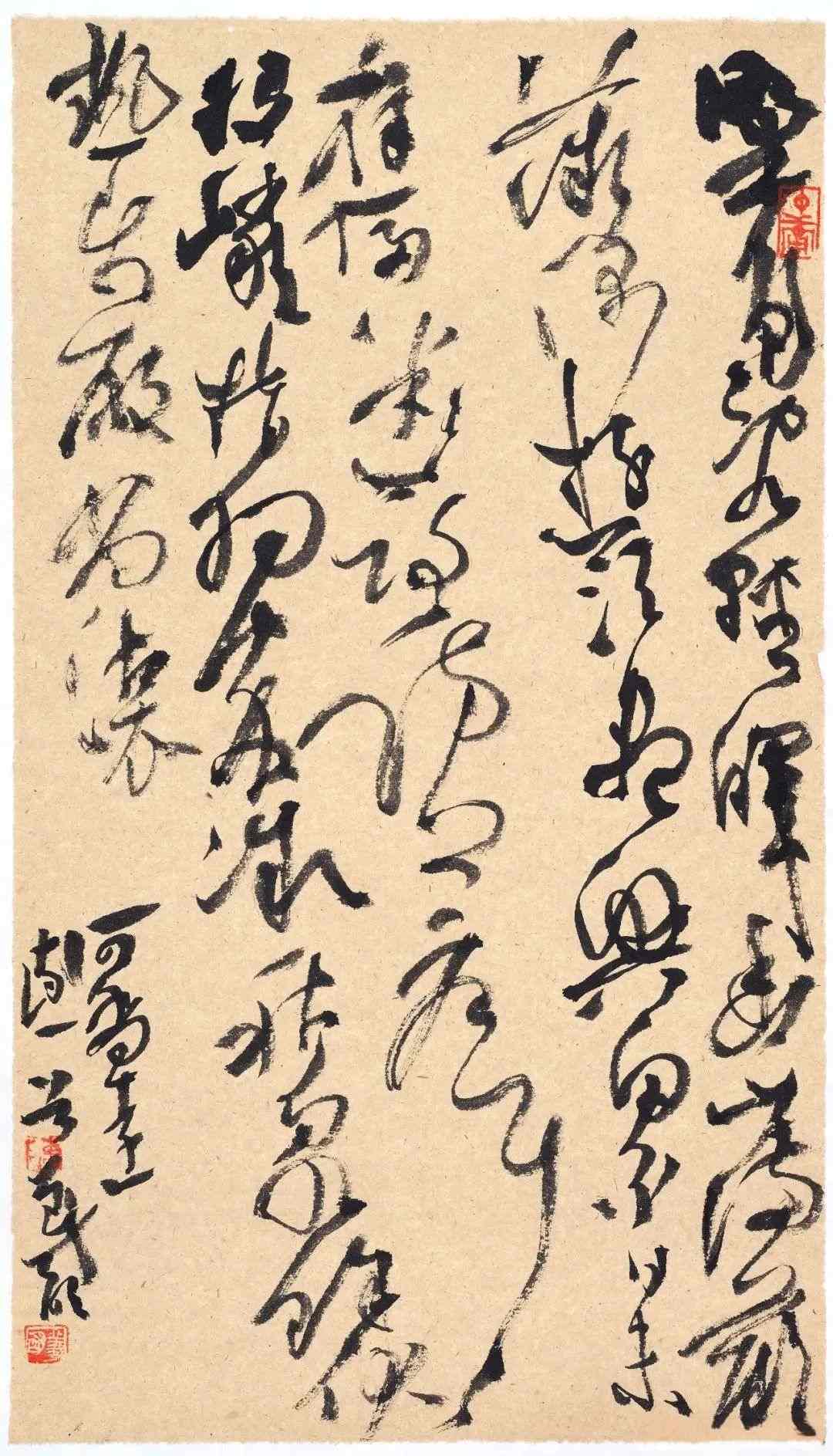
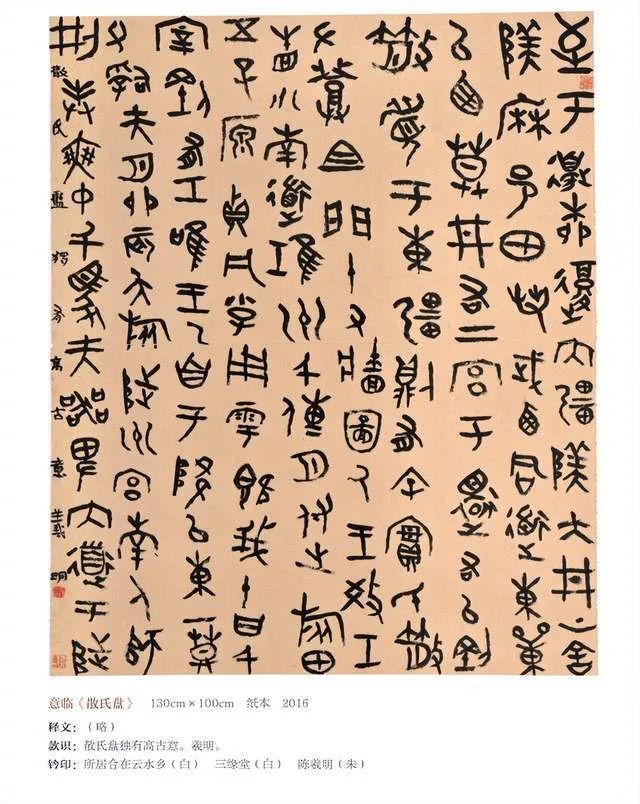
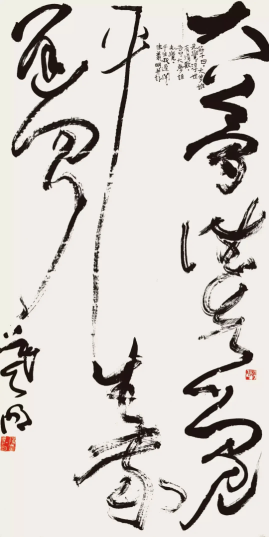
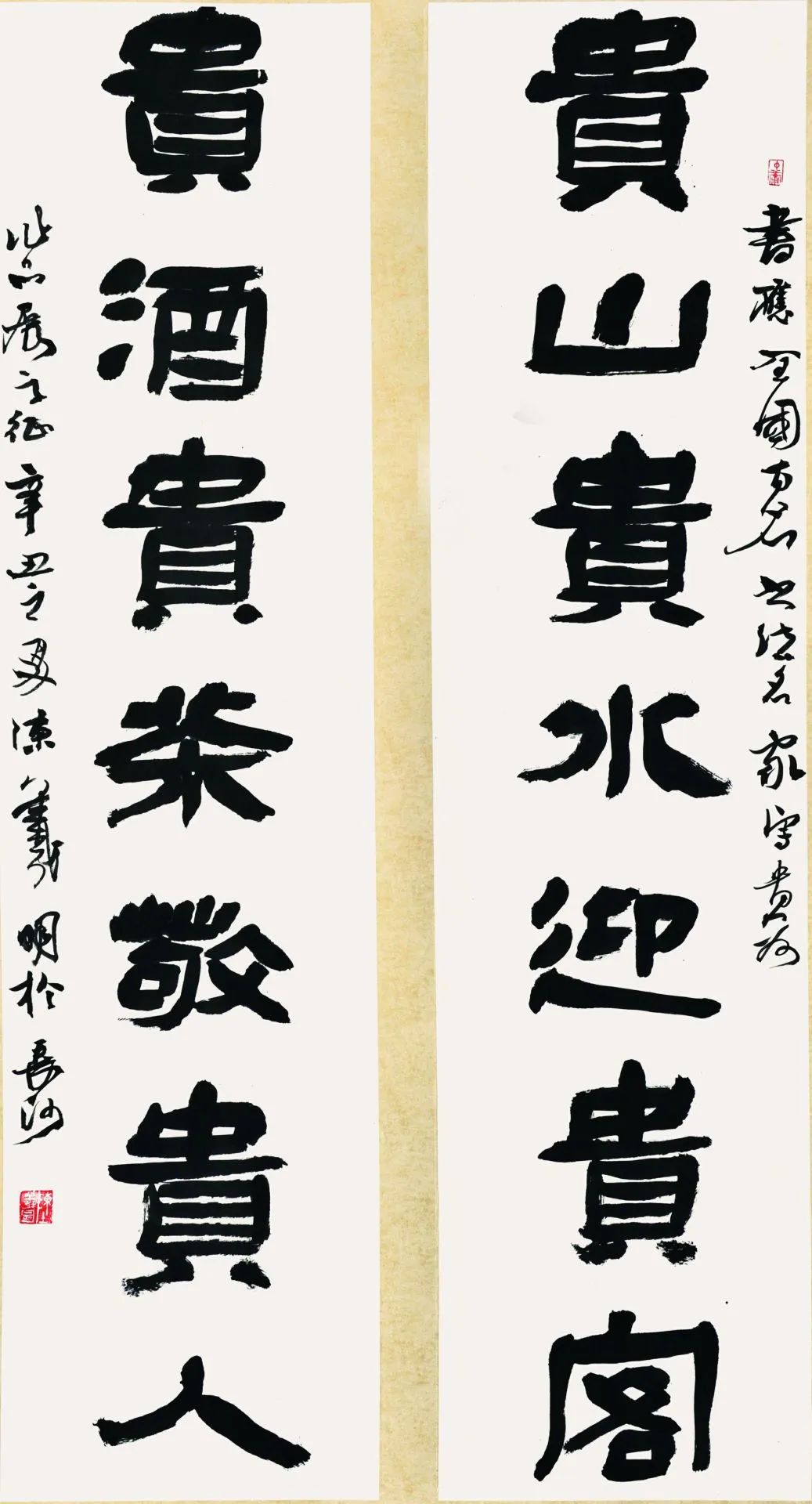
Chen Ximing: The Vast Sea of Ink Nourishes Righteousness, and the Movement of the Brush Embodies Lofty Virtue
Chen Ximing received his early education at home, mastering brush and ink at a young age. Admiring the sages of antiquity, he aspired to the scholarly ideals of the Hanlin Academy. Even as a child, he diligently practiced calligraphy, tirelessly exploring the subtleties of structure—straight and curved, angular and round—while savoring the spirit of ancient steles and rubbings, gradually grasping their profound essence.
As he matured, he devoted himself even more to his art, delving deep into the stele inscriptions of the Han and Wei dynasties, seeking the lingering charm of the Jin and Tang eras, and studying the brilliance of various masters. His mind and hand worked in harmony, leading to daily refinement and progress.
In his studies, he maintained constancy once he grasped the essentials; in his art, he showed adaptability upon encountering diversity. He was especially skilled in clerical script (隶书), but also proficient across seal, regular, and running scripts, blending them seamlessly. The resolute and vigorous spirit of Han dynasty steles, the elegant fluency of Jin dynasty calligraphy, the solemn structure of Tang regular script, and the free-spirited loftiness of Song calligraphers—all these elements were absorbed into his heart and expressed through his brush. At first glance, his work may seem unadorned and simple, but with closer examination, one perceives a continuous flow of energy, each stroke hiding its strength, each character imbued with structure. Beneath the profound solidity, a hidden brilliance glimmers.
His clerical script inherits the grandeur of Wei stele inscriptions and reveals the rustic simplicity of Han steles. The distinctive flaring strokes are clear, with breaks that yet maintain continuity. The character shapes vary naturally, and his layouts are dynamic and layered, resembling rugged mountains or meandering rivers. Within the brushstrokes, his control of rhythm and lifting and pressing techniques reveal beauty within roughness and smoothness within restraint. His ink application varies—sometimes thick, sometimes light; sometimes moist, sometimes dry. Where wet, it gleams richly; where dry, it stands firm and powerful. The overall effect is lively and natural, as if formed spontaneously.
In observing his composition and layout, one feels the momentum of a great river rushing eastward, or the gentle, continuous resonance of a long wind through the forest. Sometimes spacious and open, like autumn mountains bathed in evening light; sometimes dense and intricate, like the lushness of a spring forest. Black and white alternate, fullness and emptiness complement each other; dots and lines interweave, the flow of intention never broken. When his scrolls are unfurled, they present a solemn spectacle—each character standing like a resilient pine, each stroke soaring like a crane piercing the clouds.
Chen Ximing’s artistry is deeply informed by his understanding of painting principles. He has a keen sense of the interplay between black and white, density and openness, and the rhythms of movement. His calligraphic compositions rise and fall like mountains and rivers, possessing the dynamics of nature; they wind and flow like clouds and waters, full of emotional nuance. His strokes flow like running water across the land—sometimes surging with intensity, sometimes moving gently—with a perfect balance between motion and stillness, fullness of spirit and vigor. His brushwork is neither blindly bold nor rigidly cautious; it arises naturally according to circumstance, responsive and intuitive, with intention preceding movement and spirit following the brush.
Beyond his artistry, his demeanor is equally commendable. He lives simply, eschewing luxury; he interacts with warmth and sincerity. Toward students and younger learners, he is patient and encouraging, never boasting of his own strengths nor belittling others’ shortcomings. When teaching, he always emphasizes moral cultivation before discussing calligraphic techniques, illustrating principles, imparting method, awakening creativity, and inspiring aspiration.
In an age when the art world is often restless and fickle, Chen Ximing remains true to his original heart, unmoved by fleeting fashions or marketplace clamor. His mind is as calm as still water, his will as lofty as mountains. Thus, his calligraphy carries no vulgar charm or coquettish affectation; instead, it exudes a profound gravity and a soaring spirit of righteousness. At first glance, his works may not seem startling, but over time they reveal a lasting depth and distant resonance, like a spring quietly nourishing the earth—subtle yet profoundly influential.
Chen Ximing deeply understands that art is both literary and spiritual. Thus, though his writing excels in form, it is ultimately an expression of spirit. Within his brush and ink, his temperament is concealed; within his structures and compositions, his ideals are conveyed. He does not merely pursue superficial resemblance but embodies the light of virtue through his art. Therefore, his characters possess a sense of uprightness, warmth, cultivated refinement, and harmonious balance.
To contemplate his works is to clear the heart of dust; to study his characters closely is to feel the expansiveness of his mind. Within his strokes are the momentum of mountains and rivers, the grandeur of nature; within his brushwork are the aspirations of ages, stirring endless emotions. Though the paper is limited in size, the sentiment it carries is vast; though the ink is light, the meaning is profound—like whispering with the sages across millennia, like communing with the spirit of heaven and earth.
With his own artistry, Chen Ximing embraces the ancient and the modern, harmonizes northern and southern styles, opens and closes with measured grace, advancing and retreating with masterful control. This achievement was not attained overnight but is the result of years of tireless dedication, practicing from dawn to dusk. His sincerity in the Way is absolute; his mastery of the Art, consummate. The brush in his hand does not merely write characters—it shapes his heart; the scrolls on his desk do not merely bear artistic skill—they convey the spirit of the Way.




